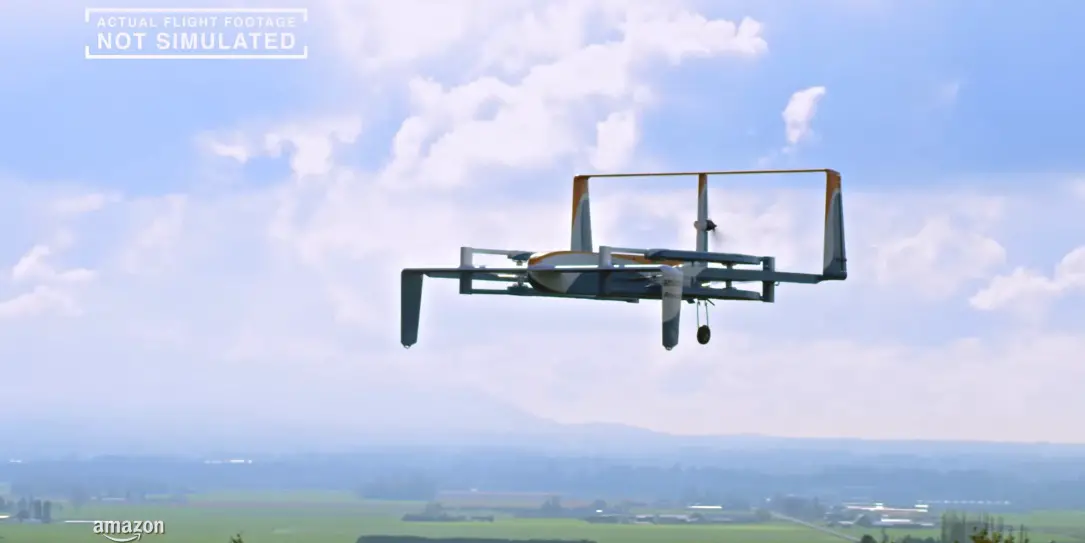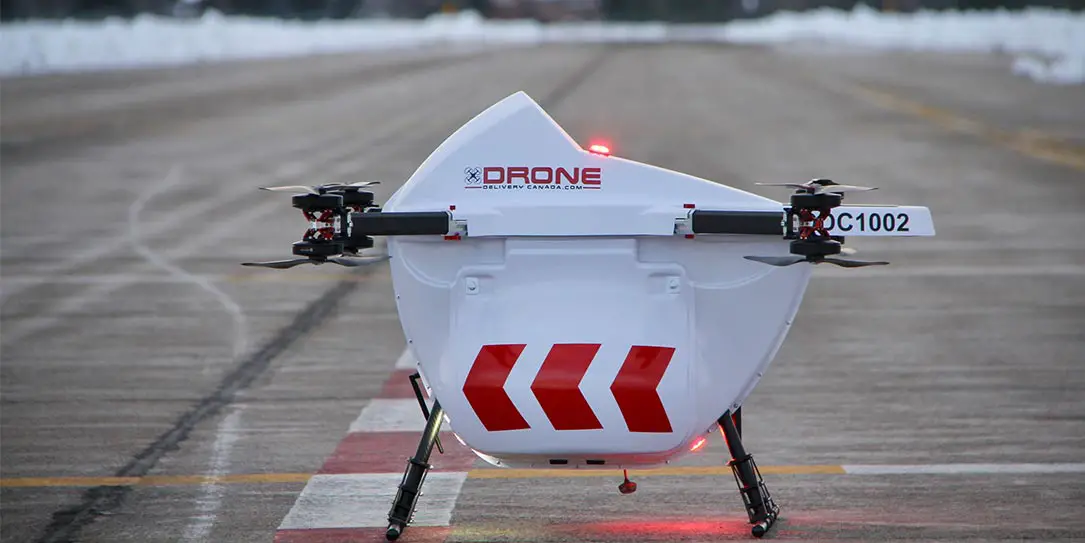Major advancements in computer technology are causing shakeups across the business world. These disruptions have been most notable in the industrial and logistics sectors. There, the impact has been enough to spur what analysts are calling Industry 4.0, the next industrial revolution.
Wide-scale adoption of tech like the internet of things, artificial intelligence and big data analytics has resulted in the rapid digitalization of transportation and logistics.
Here are some of the biggest changes caused by the new technology being adapted to transportation and the supply chain.
Self-Driving Vehicles and the Autonomous Fleet
In both transportation and logistics, self-driving vehicles are likely to be the next disruption to shake the market. In China, demand for self-driving delivery vans took off amid the country’s COVID-19 outbreak. There, the trucks were able to offer contact-free delivery that didn’t put a driver or customer at risk.
A number of major transportation companies and auto manufacturers in the U.S. are also testing self-driving cars right now. Uber, Lyft, Alphabet’s Waymo, and General Motor’s Cruise are all currently managing pilot projects and small-scale road testing. In some places, you can already hail a self-driving cab.
The supply chain is also looking for ways to adopt the tech. The United States Postal Service, looking for options that could replace an aging fleet of mail delivery vehicles, tested self-driving trucks in early 2019. Waymo, in addition to pilot testing self-driving rideshare vehicles, has teamed up with Fiat Chrysler Automotive to create autonomous RAM delivery vans.
While self-driving vehicles aren’t in widespread use yet, the tech that makes them possible is already changing the supply chain’s approach to vehicle management. Companies are beginning to use IoT-enabled fleet management platforms, such as Digital Matter’s asset tracking and fleet management solutions, to keep an eye on their fleets, improve lone worker safety monitoring and responsiveness, and analyze performance to better understand and optimize fleet utilization.
With one of these platforms, a company outfits some or all of their vehicles with IoT sensors that track information like location, acceleration, speed, and engine function. They can then use that data to improve fleet management. A company operating in a city with anti-idling laws, for example, may use the tech to manage driver idle time. Another company may use real-time speed and location data to automatically tweak driver routes and update traffic data.
New Predictive Models
While not quite the “new oil” as some industry observers had claimed, data has emerged as one of the most valuable resources for a company in the 21st century.
Advanced predictive models can help companies take full advantage of all the data they collect. Artificial intelligence and big data analytics enable companies to find patterns and build more accurate models using massive data sets that conventional approaches can’t handle.
With historic and real-time sales data, for example, you can build a more accurate sales forecasting model, helping you to avoid over- and understocking.
Other models can automate processes or analyses that typically needed to be done by hand.
For example, if a business is hauling an unusual load like heavy equipment, they’ll need to take a few steps to ensure the job is done safely. They’ll have to select the right size trailer for the job, determine what restraints and safety measures are needed, and identify whether they need an undersize or oversize permit. An automated predictive model could run the numbers automatically, and let logistics companies know everything they need to transport that equipment safely.
Data from autonomous vehicles may also help out the drivers in the cities where they operate.
A new type of approach to city planning has emerged — one that uses massive amounts of data, like information from IoT devices in vehicle fleets.
The idea is called the smart city — a city that collects and analyzes massive amounts of data then uses that information to drive policy and city services. Location and speed data from self-driving cars, for example, may help a city build a real-time picture of traffic flow. Data on traffic congestion could then be handed off to a smart traffic management system, which could make adjustments to improve traffic flow. For example, the system may close or open certain exits, tweak toll prices, or adjust the timing on traffic signals.

Warehouse Robotics and Drones
In the warehouse, new tech is also helping companies maximize efficiency. Autonomous warehouse robotics can move heavy goods from storage to shipping, automatically keep track of inventory or help keep the warehouse clean. These robots, using a combination of on-board cameras and machine vision, can navigate almost entirely by themselves. All companies need to do is set up a route using waypoints, and the robot will handle the rest of the navigation on its own.
Modern robotics are also helping companies handle last mile delivery.
A wave of new drone delivery services, like Alphabet’s Wing, which operates in Northern Virginia, use drones that are almost completely autonomous. Like the warehouse robotics, these drones use on-board tech to automatically follow a pre-designed route. Once they’ve arrived at the delivery address, they hover over the area and lower the package with a cable. Once the package is dropped off, the drones return to home base — making for a totally contactless delivery.
For the moment, however, these drones aren’t 100 percent autonomous. Human pilots are still necessary to keep watch over the drones while they’re in flight and intervene if necessary.
Right now, the company’s focus is limited to delivering essentials, like food and medicine. It’s likely that the scope of these deliveries will expand in time. For example, Wing recently teamed up with a school district to provide contact-free book delivery to students. Other, similar projects may follow.
New Technology Is on Course to Transform the Supply Chain and Transportation
The supply chain and transportation industry are starting to adopt some of the biggest tech advancements of the past few years.
AI-powered tech, like predictive models and autonomous warehouse robots, are already making significant changes. Soon, advanced analytic tech and self-operating robots may be the norm for warehouses and other logistics companies. Self-driving cars and fully autonomous fleets are coming soon, as well. In the near term, their adoption will likely be limited to major businesses and tech-focused startups. Smaller businesses with fewer resources will probably benefit from other, related tech first. For example, IoT-enabled fleet management tech may help them keep better track of vehicle location and driver behavior.
What do you think of tech within transportation and logistics? Let us know in the comments below or on Twitter, or Facebook. You can also comment on our MeWe page by joining the MeWe social network.
Last Updated on April 23, 2021.










